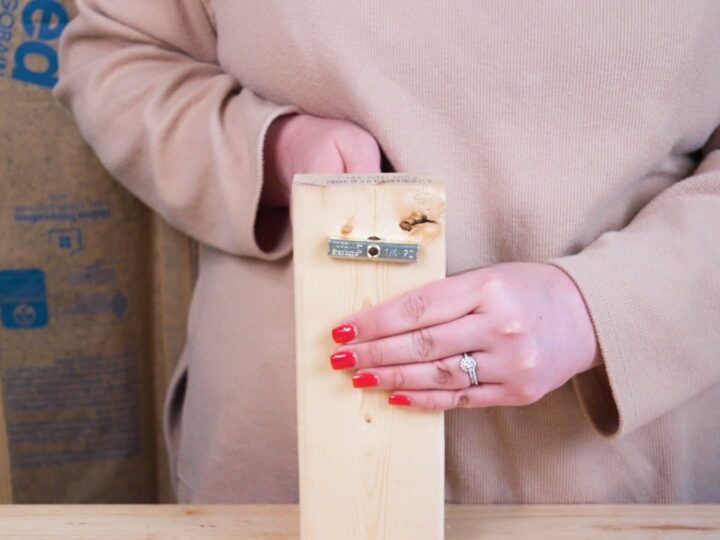Hanging a heavy object on drywall when no studs are available can be daunting – if things fall you might end up with huge amounts of damage or even risk you or your family getting hurt. My favorite solution for this scenario is toggle bolts. But with so many fasteners out there, why are toggle bolts my go-to solution?
Toggle bolts are metal or plastic fasteners with spring-loaded wings that are threaded onto a screw or column. As toggle bolts are installed, the wings brace against the surface to distribute the load evenly, making them an incredibly strong fastener.
If you’ve ever wanted to hang a TV, shelves, mirrors, or anything else heavy on drywall alone, toggle bolts are a great choice. Read on to learn which way a toggle bolt is installed, what size toggle bolt you’ll need, how to tighten a toggle bolt, how much weight different kinds of toggle bolts can hold, and whether or not toggle bolts can be removed.
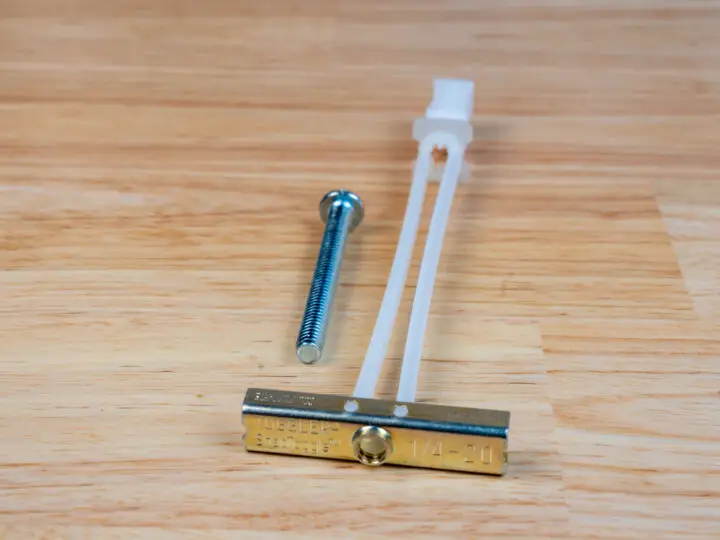
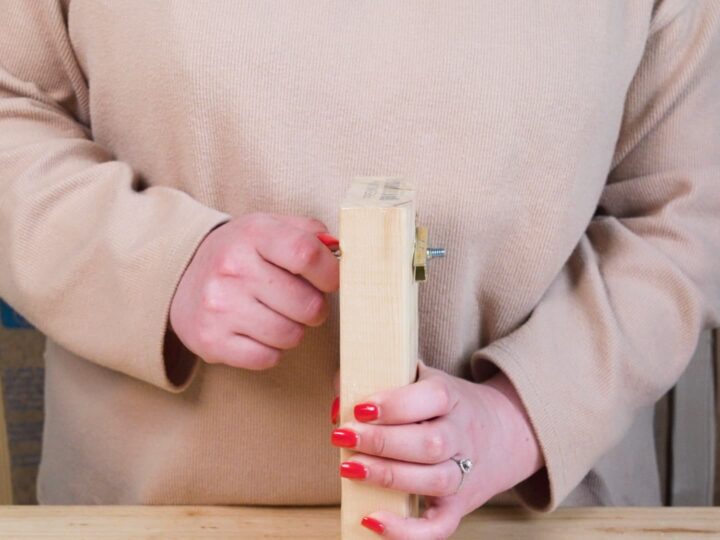
Which Way Does A Toggle Bolt Go In?
Toggle bolts are made up of two pieces, the screw, and the toggle. You can see those two pieces above in the first photo. To assemble the toggle bolt:
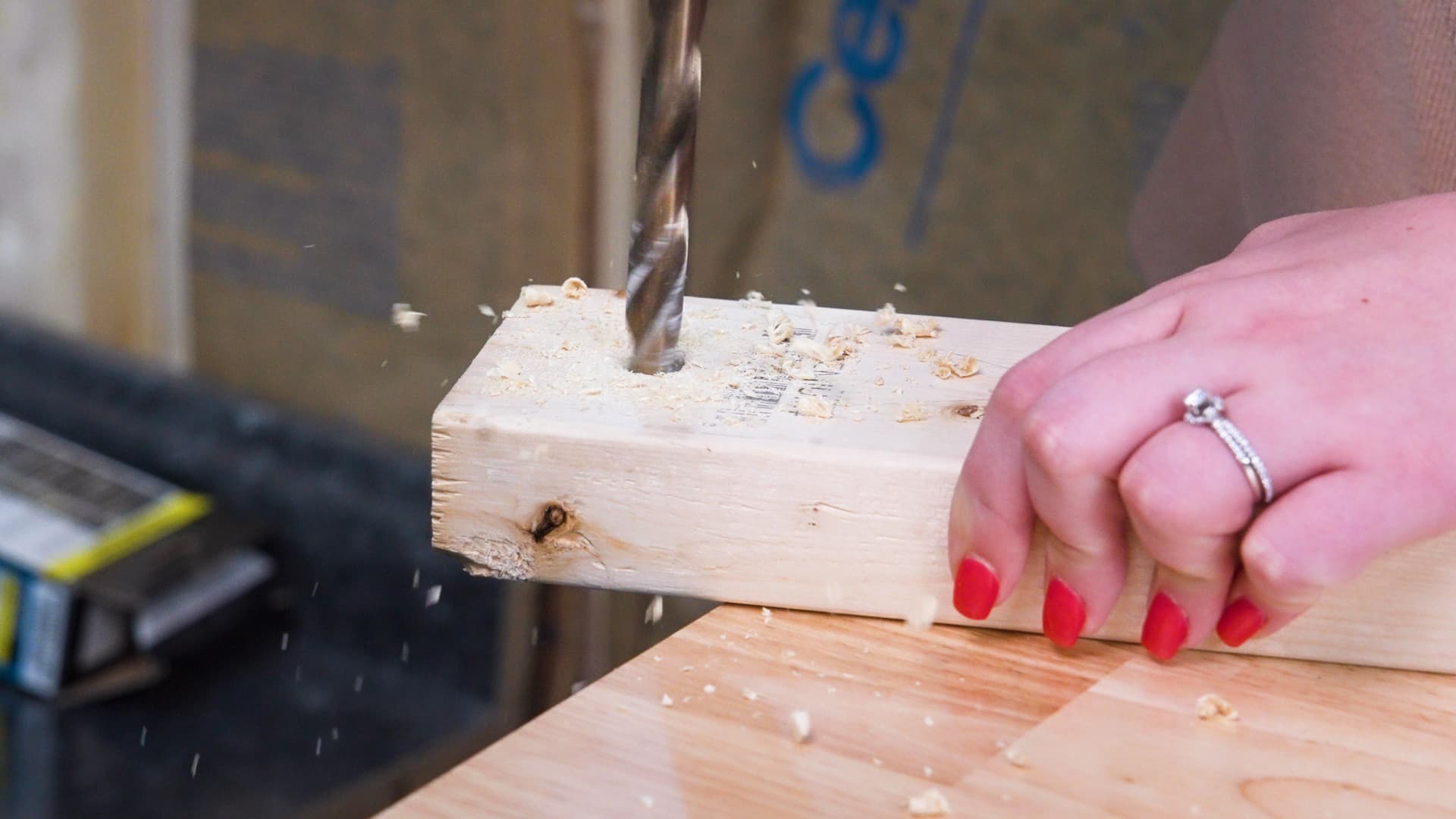
- Pre-drill a hole in your wall
The recommended size can usually be found on the packaging of your toggle bolt. Since it’s hard to show both sides of drywall, I’m using a spare 2×4 to illustrate above. Since this was a heavy-duty fastener, I needed a pretty big hole: 1/2″.
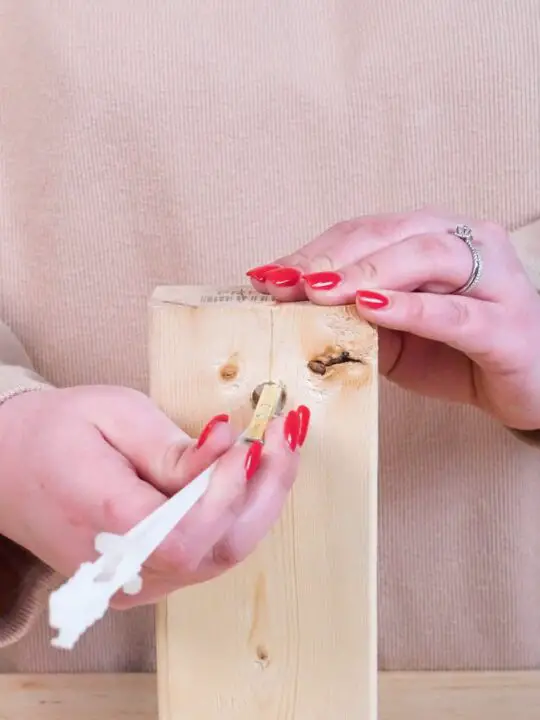
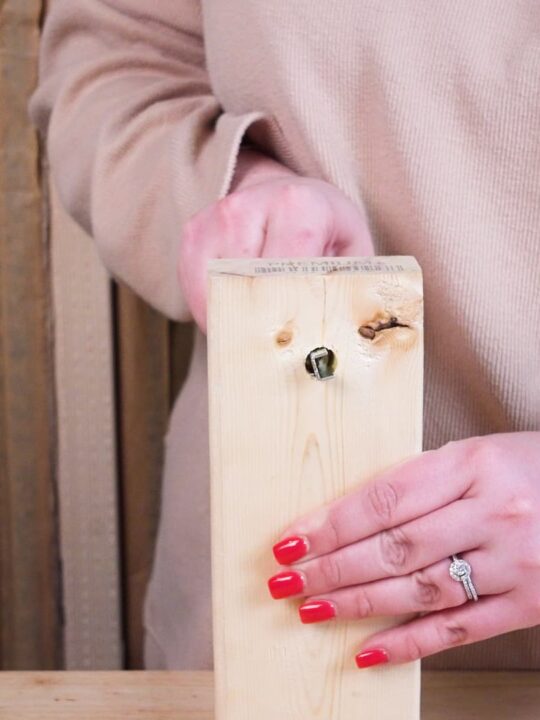
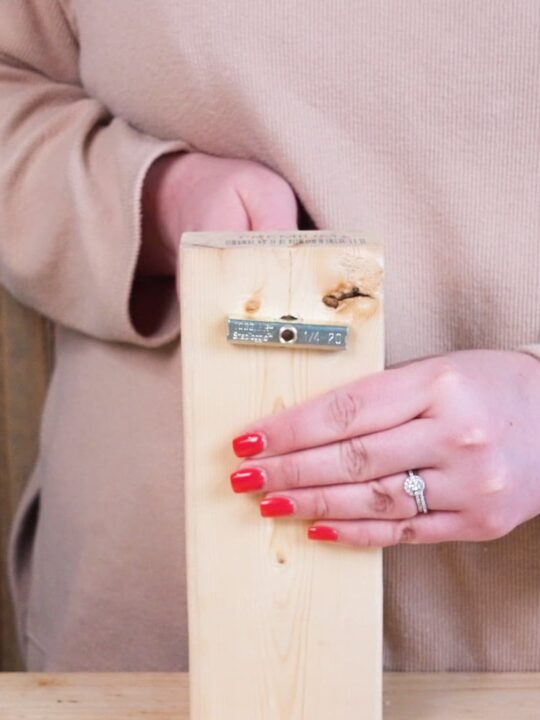
- Thread either the bolt or toggle through the pre-drilled opening, depending on the style of your toggle bolt.
This is a step that differs depending on what style of toggle bolt you have: solid toggle or spring-loaded.
If you have a solid toggle (no springs), you’ll need to thread the toggle portion through the opening (which is what I’m doing in the picture above)
If you have the spring-loaded kind, you’ll need to thread it onto the bolt, fold it to the side, and then through the wall. You’ll want to make sure once it opens up on the other side of the wall that the right side of the toggle is facing you to give you the intended strength (unfortunately, I’ve made this mistake more times than I’d care to admit!). If you happen to put it in the wrong way, no big deal, it’ll just re-fold and come right back through the hole you inserted it through!
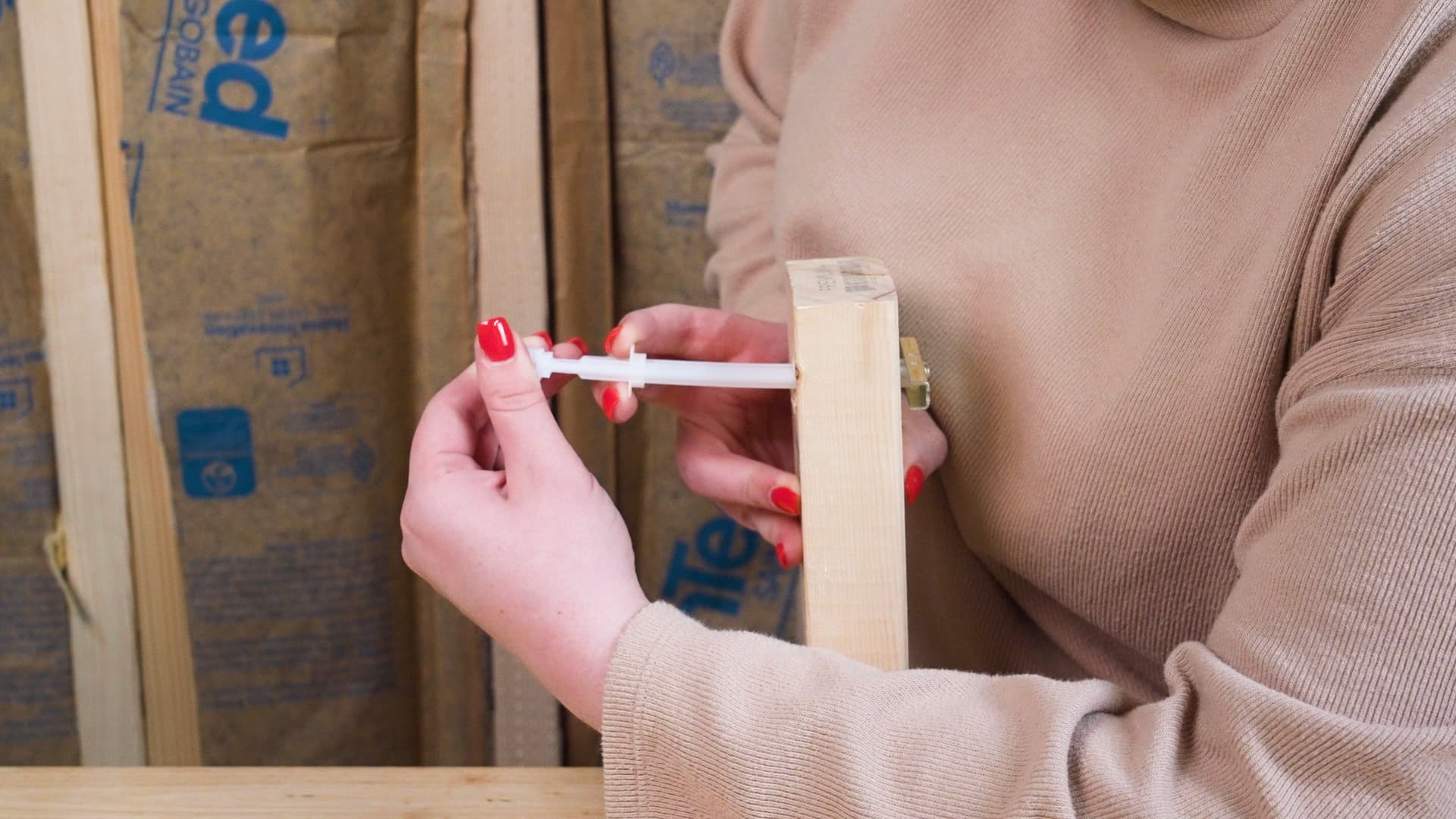
- Tighten it down to fasten.
Again, this is a step that differs depending on what style of toggle bolt you have: solid toggle (pictured above) or spring-loaded.
If you have a solid toggle with no springs, you’ll pull the toggle taut against the other side of the drywall (or in my case 2×4) by the plastic applicator, which is the white piece you see above. Then, you’ll pull the plastic applicator towards the wall, and screw in the bolt to tighten everything down.
If you have a spring-loaded toggle, your bolt will already be inserted, and you’ll need to provide force in both directions on the bolt itself to tighten it. I like to pull gently on the bolt to keep the toggle taut against the wall while I screw the bolt into place.
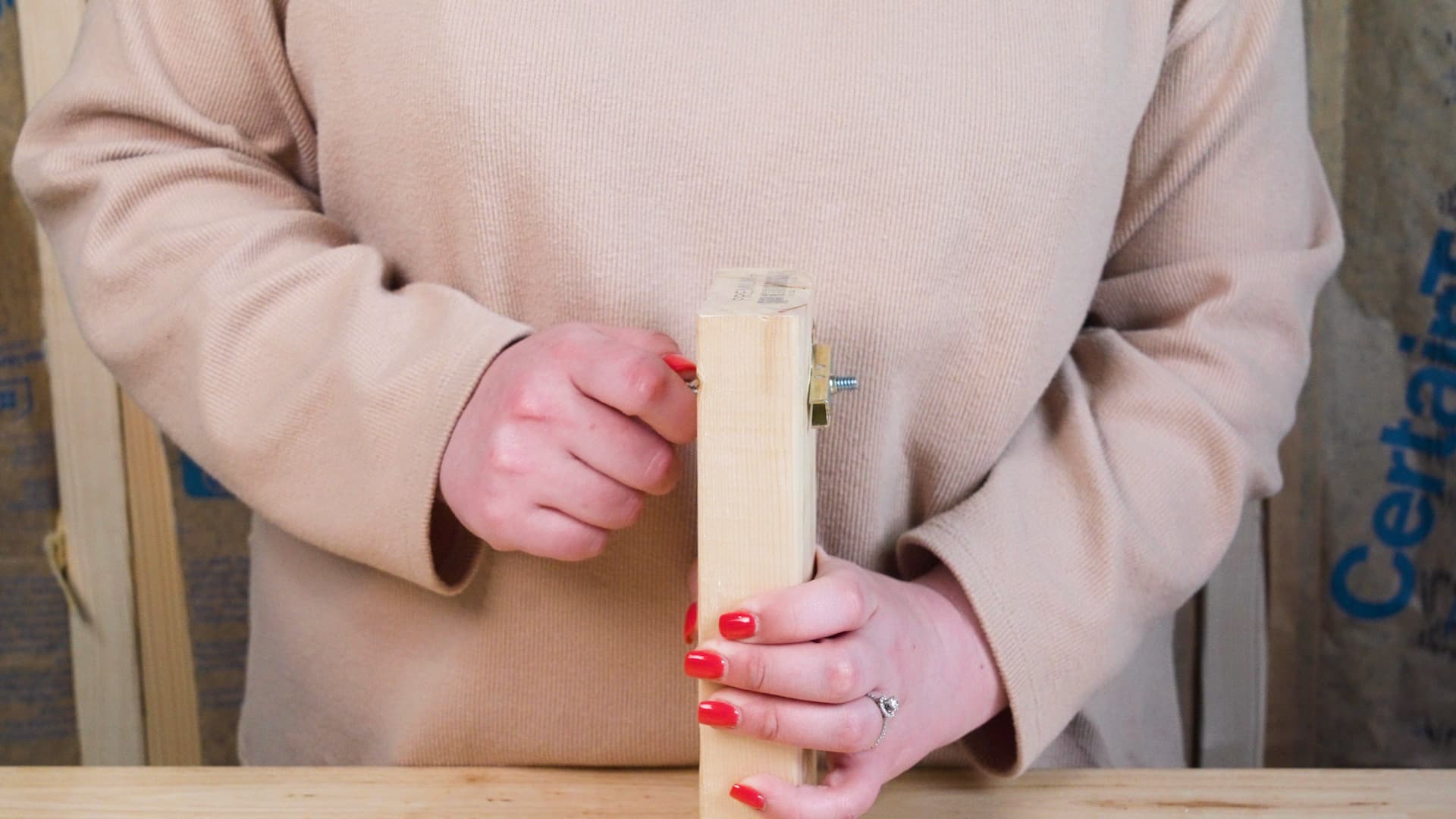
- Hang your item!
Once the bolt is inserted into the toggle and tightened down, all you have left to do is hang your item! I’ve used this particular heavy-duty system to hold floating shelves (pictured below) in our kitchen in the past, but toggle bolts are great for any application where you want a little extra strength without having to reinforce the material you’re hanging on.
PS: If you want to read the story of how I messed up bigtime installing this backsplash, check out this post.

What Size Toggle Bolt Do I Need?
The first thing that you’ll want to think about is load – how heavy is the object that you’re trying to hang? I would rather over-estimate than under-estimate so I usually go for the stronger systems, even if they’re a little more expensive.
When you’re looking at the toggle bolt package, you’ll see two numbers. The first number on the packaging is generally the size of the toggle piece. The size is usually printed also on the toggle itself.
The second number on the packaging is the length of the screw. So, if the packaging reads “⅛ x 3”, you know the toggle is ⅛ inch, and the screw is 3 inches long.
You want to make sure that the screw is long enough to account for the toggle when it’s compressed (plus the extra 3-4 threads of the screw beyond the toggle), the thickness of the drywall, AND the thickness of whatever you are planning to hang.
In most North American homes, drywall usually includes about 3.5 inches of hollow space behind it. If you’re working with drywall, chances are you’ll want to go for a bolt that is 3 inches long, though online retailers and home improvement stores do offer longer bolts for different materials, like cinderblock and metal.
How much weight will a toggle bolt hold?
I was shocked to find this answer wasn’t widely available, so I compiled a ton of data from different manufacturers of toggle bolts into the table below:
| Brand | Bolt Diameter | Drywall Rating |
| Everbilt | 1/8″ | 42 lbs |
| Blue Hawk | 1/8″ | 60 lbs |
| Blue Hawk | 3/16″ | 70 lbs |
| Everbilt | 1/4″ | 85 lbs |
| Everbilt | 3/16″ | 90 lbs |
| FlipToggle | 3/16″ | 106 lbs |
| E-Z Ancor | 3/16″ | 110 lbs |
| E-Z Ancor | 1/4″ | 120 lbs |
| FlipToggle | 1/4″ | 137 lbs |
| Toggler | 3/16″ | 238 lbs |
| Toggler | 1/4″ | 265 lbs |
In short, the bigger the toggle, the more weight it will support. However, the weight capacity of the toggle bolt is not the only thing you need to think about.
Even if you choose the strongest toggle bolt, if you have a weak wall, your item will not hold. In this case, you may want to opt for spreading the weight of the object across several toggle bolts for increased strength and sturdiness. That’s what we chose to do in our kitchen – each shelf was held up with at least 4 heavy-duty toggle bolts so no matter how much weight we put on it, the shelf wasn’t going anywhere.
If you’re looking for something REALLY sturdy, I’d wholeheartedly recommend the Flip Toggle system – each 1/4 inch toggle bolt can hold up to 600 lbs in brick and 137 lbs in drywall.
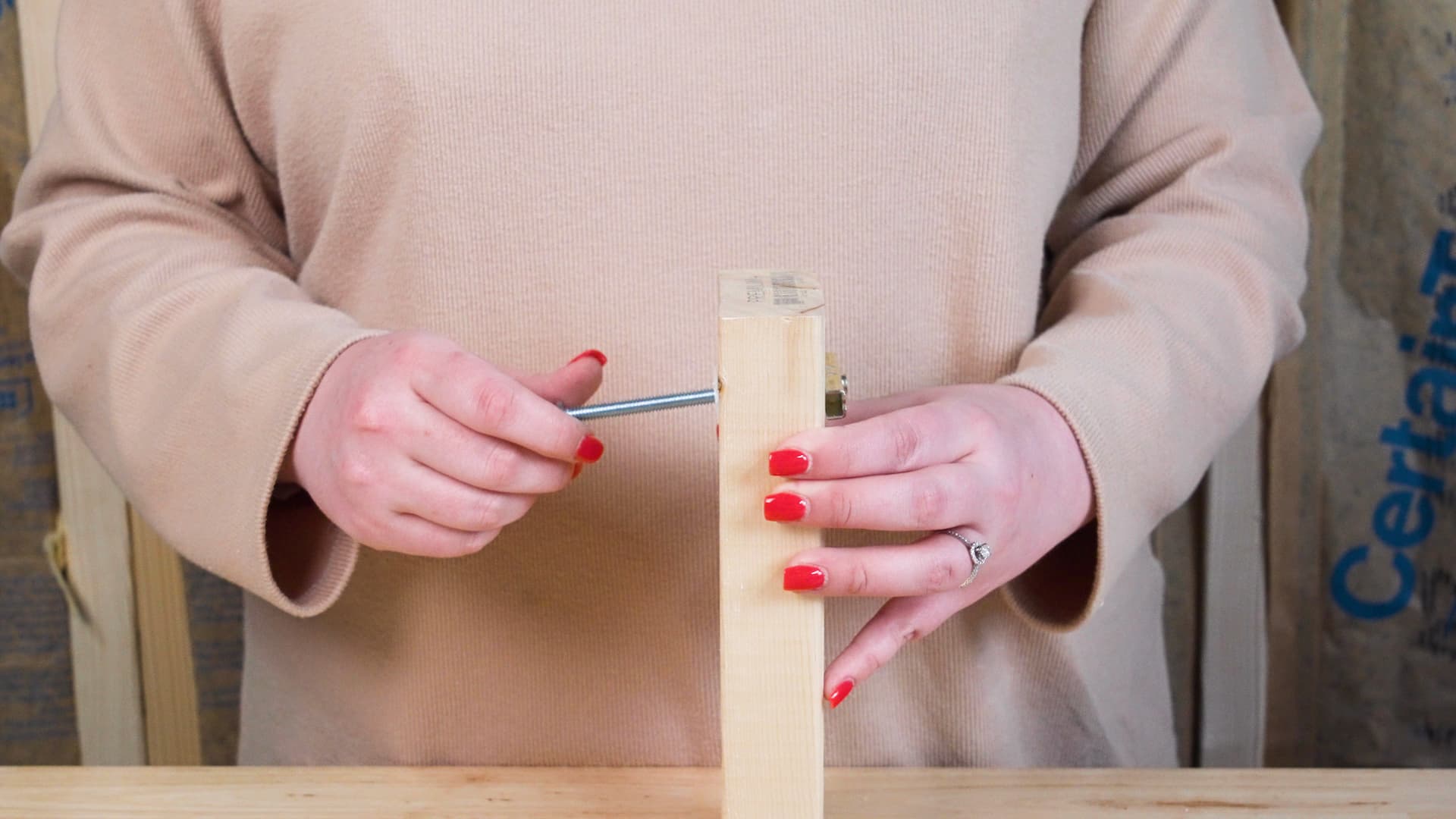
Can toggle bolts be removed?
In order to remove a toggle bolt, you need to loosen the screw until the toggle piece falls to the ground behind the wall. You should then be able to remove the screw from the wall and take down whatever you had hung.
If you find that the toggle bolt is stuck and you can’t unscrew it anymore, you can cut through the screw with a pair of cutting pliers and push the piece of the screw with the toggle bolt attached through to the backside of your wall.
The pilot hole that you drilled to hang the toggle bolt will be a pretty noticeable hole, so you’ll want to repair it with spackle, sand it down, and paint it to match your wall. If you need tips on which tools are best for cutting drywall, consider reading this post – it will also help you know which ones to avoid!

